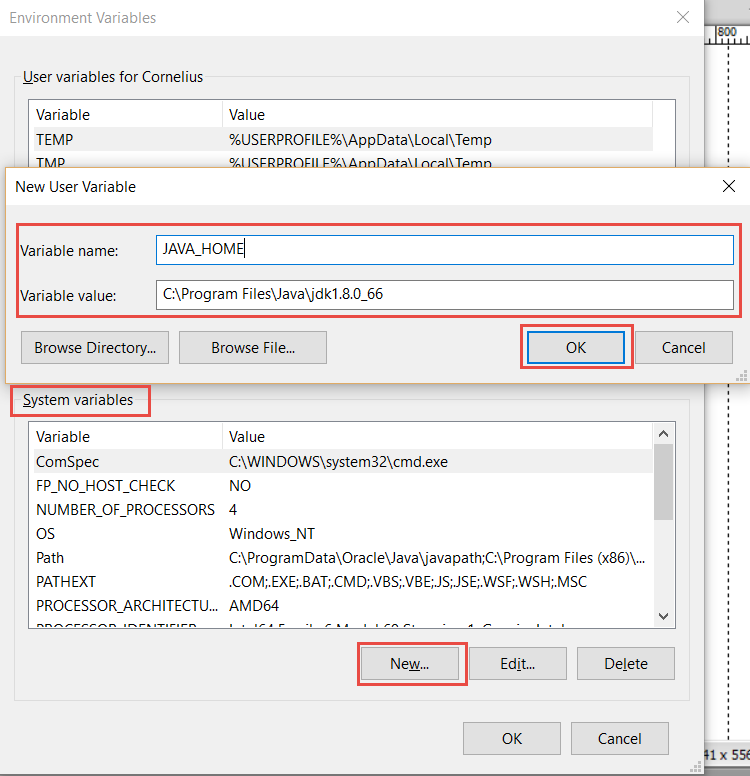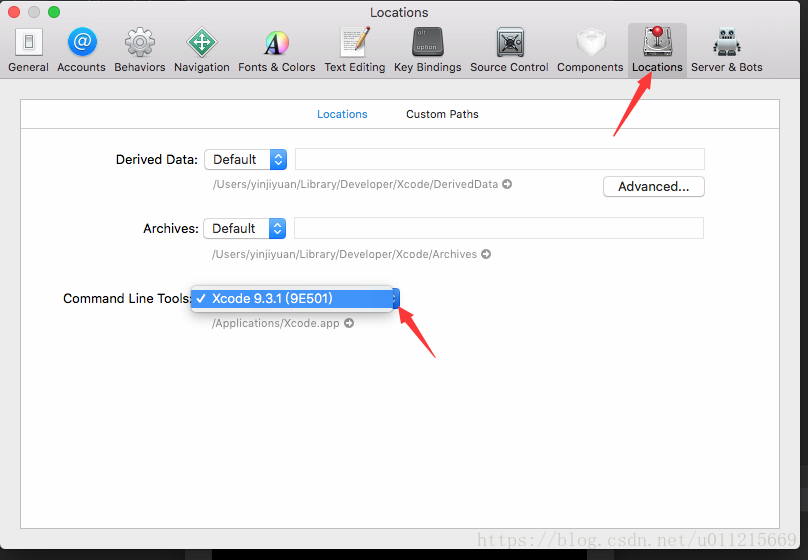
- HOW TO KNOW JDK PATH IN MAC HOW TO
- HOW TO KNOW JDK PATH IN MAC INSTALL
- HOW TO KNOW JDK PATH IN MAC ANDROID
- HOW TO KNOW JDK PATH IN MAC SOFTWARE
- HOW TO KNOW JDK PATH IN MAC WINDOWS

HOW TO KNOW JDK PATH IN MAC ANDROID
Generally, the Android SDK is installed in the /Users/user-name/Library/Android/sdk folder on macOS.It will focus on the Android SDK menu item on the left side, and you can get the Android SDK Location directory path value on the right side Android SDK Location text box.Input search keyword sdk in the search box of the popup Preferences dialog window left side.Open Android Studio on macOS, then click Android Studio -> Preferences menu item at the left top toolbar.Installed as C:\Users\Administrator\AppData\Local\Android\Sdk\platform-tools\adb If you see output like below that means the android SDK path variable has been configured successfully. Click OK to close the system environment variables settings window, open a dos window, type command adb in it.Please note the must be English character otherwise, it will not take effect. Select variable Path and click Edit button and add %ANDROID_HOME%\tools %ANDROID_HOME%\tools\bin %ANDROID_HOME%\platform-tools at the end of its value.Click the New… button to add a new system variable, input ANDROID_HOME as the variable name, and input the Android SDK location directory path ( such as C:\Users\Administrator\AppData\Local\Android\Sdk ) as the variable value.Click the Advanced system settings link on the left panel, it will popup the System Properties window, click the Environment Variables button to open the Environment Variables window.
HOW TO KNOW JDK PATH IN MAC WINDOWS
This will open the windows system configuration window.

HOW TO KNOW JDK PATH IN MAC INSTALL
HOW TO KNOW JDK PATH IN MAC SOFTWARE
I hate searching for technical information on the web, because it is without exception for older (many times far older) software than what you’re currently working with. Once you’ve set up the correct location click OK and go back to editing in the IntelliJ IDE. Clicking that will open a regular folder/file dialog allowing you to pick he location where your specific Java release is located on your Mac. To add a new location, click the red folder on the far right, where you see the help balloon in the screen capture above. In my example I’ve already set up to use Java 11.0.5.

Now it’s out in the open, probably because of the shift from Java8 to Java9 and beyond that’s been occurring every six months since Java9 was released Setember 2018. This used to be buried in Other Settings, which is where all those older directions tell you to go. Open the File menu and select Project Structure. Here’s what to do with the latest release of IntelliJ. After looking at six-year-old directions via the web that were mostly right I finally figured it out. When I started to try and use that Java release, IntelliJ couldn’t seem to find it, and I couldn’t seem to configure IntelliJ where to look.
HOW TO KNOW JDK PATH IN MAC HOW TO
Case in point, how to update a current release of IntelliJ IDEA’s Java/JDK path to an external JDK already installed on your machine. I have a very short fuse when it comes to wading through bad advice found on the web, especially old technical advice.


 0 kommentar(er)
0 kommentar(er)
